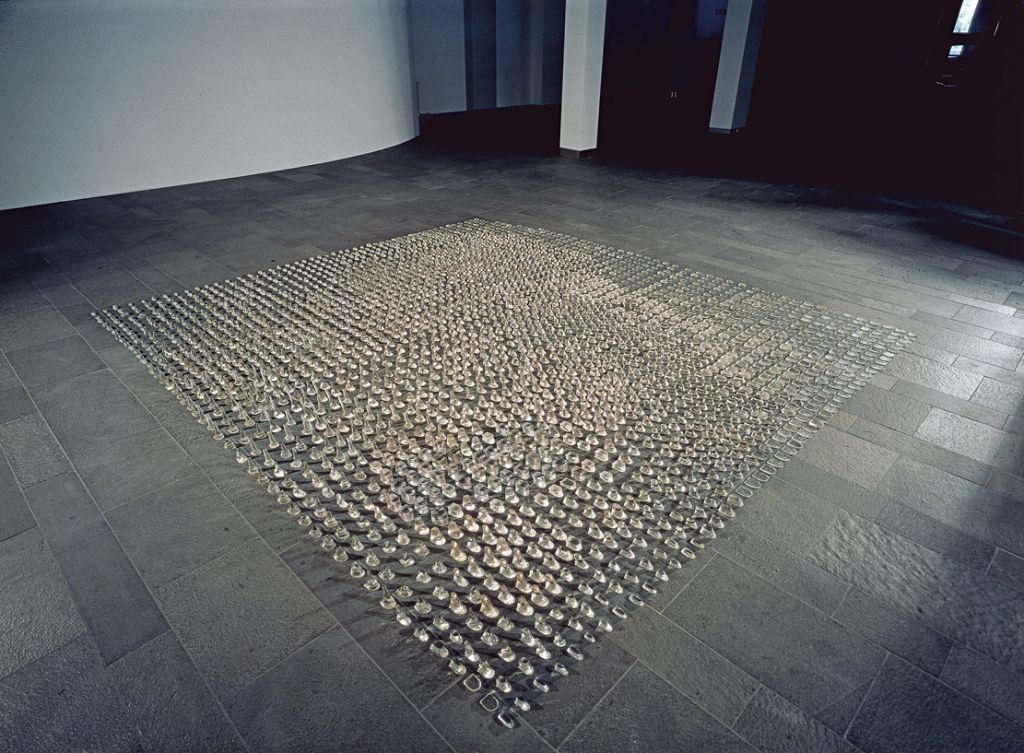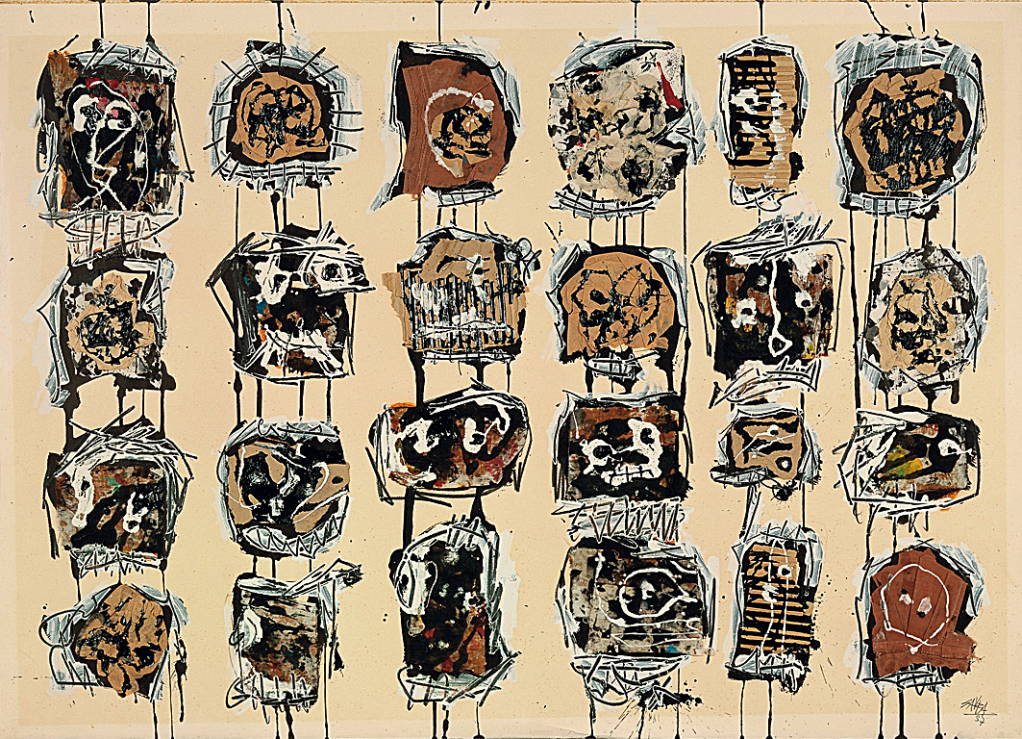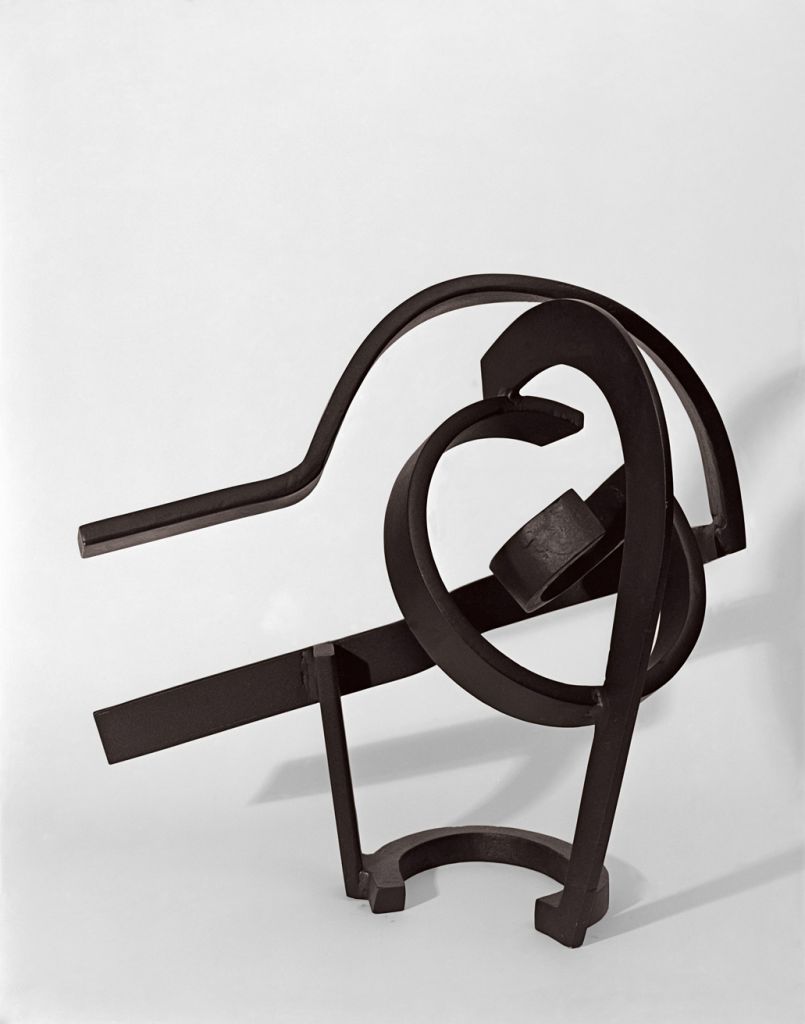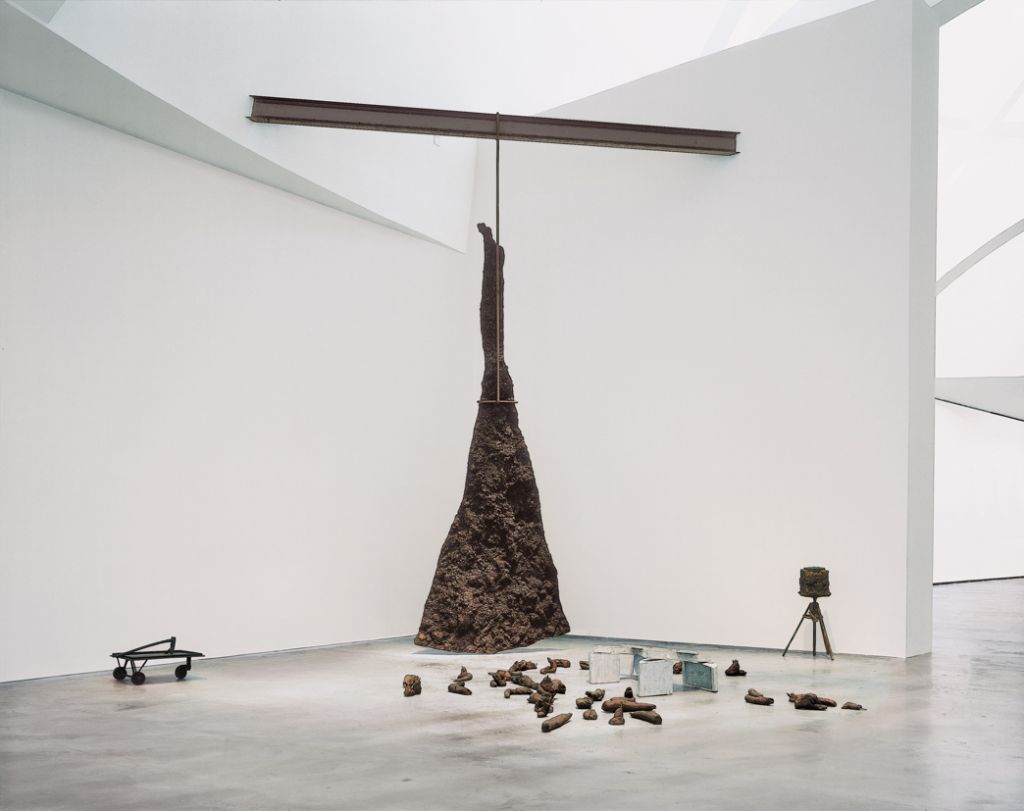Humans
1994Photographs and lightsOverall dimensions variable
Since the late 1960s Christian Boltanski has worked with photographs collected from ordinary sources, seeking to create an art that is indistinguishable from life. He has said, "The fascinating moment for me is when the spectator hasn't registered the art connection, and the longer I can delay this association the better." By appropriating mementos of other people's lives and placing them in an art context, Boltanski explores the power of photography to transcend individual identity and to function instead as a witness to collective rituals and shared cultural memories.
At once personal and universal in reference, Humans is one of several large-scale works by Boltanski that serve as monuments to the dead, hinting at the Holocaust without naming it explicitly. Through its size and tone, the work evokes the contemplative atmosphere of a small theater or a space for religious observance. The installation consists of more than 1,100 images that the artist rephotographed from sources he had previously used: school portraits, family photographs, newspaper pictures, and police registries. Simultaneously illuminated and obfuscated by dangling lightbulbs, the snapshots provide no context with which to identify or connect the unnamed individuals, or to distinguish the living from the dead or victims from criminals. Each of these traces of human life has been reduced to a uniform size to obscure distinguishing features and to suggest the equality of the photographs' subjects. The collection of images is installed at random, thereby prohibiting the imposition of a single narrative. Within this haunting environment, Boltanski intermingles emotion and history, juxtaposing innocence and guilt, truth and deception, sentimentality and profundity.
Original title
Humans
Date
1994
Medium/Materials
Photographs and lights
Dimensions
Overall dimensions variable
Credit line
Guggenheim Bilbao Museoa






